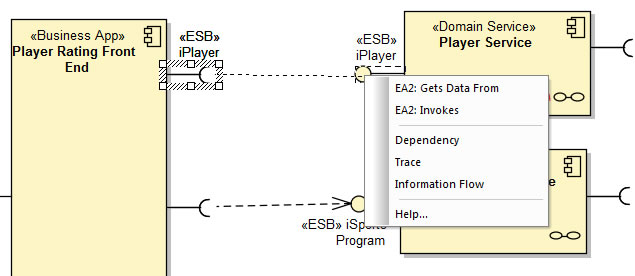|
Many large organizations with their own IT shops often have their development teams divided along the business subdomains. Getting information about how systems work in other subdomains can be a daunting task. Architectural documents can help disseminate this crucial information. However, without modeling frameworks to guide the effort, the modeling results of these disparate teams is often very different from team to team and even from modeler to modeler. Another problem is that without a good framework in place, architectural conformance is left to after-the-fact review boards; basically the stick without the carrot. A good modeling framework can help relieve these problems. The guidance built into the framework provides modelers with a set of tools that they can apply consistently from model to model.
Enterprise Architect provides extension capabilities to hone it for specific purposes. With it you can create custom toolboxes, like the one on the right, that have the elements from the domain you are modeling rather than the normal UML types. You can also define quicklinks that provide a custom set of stereotype connectors with tags whenever you connect the appropriate types of elements.
Model Guardian extends the capabilities inherent in Enterprise Architect by providing a complete framework and model management system.

|